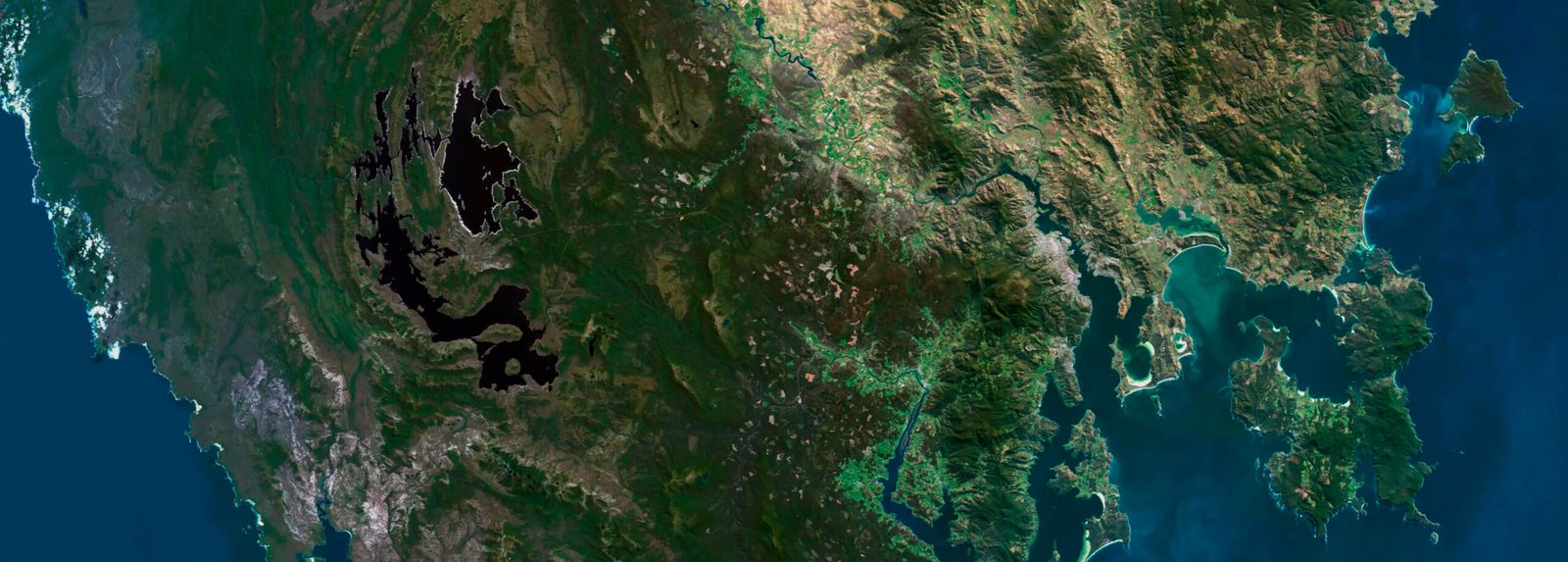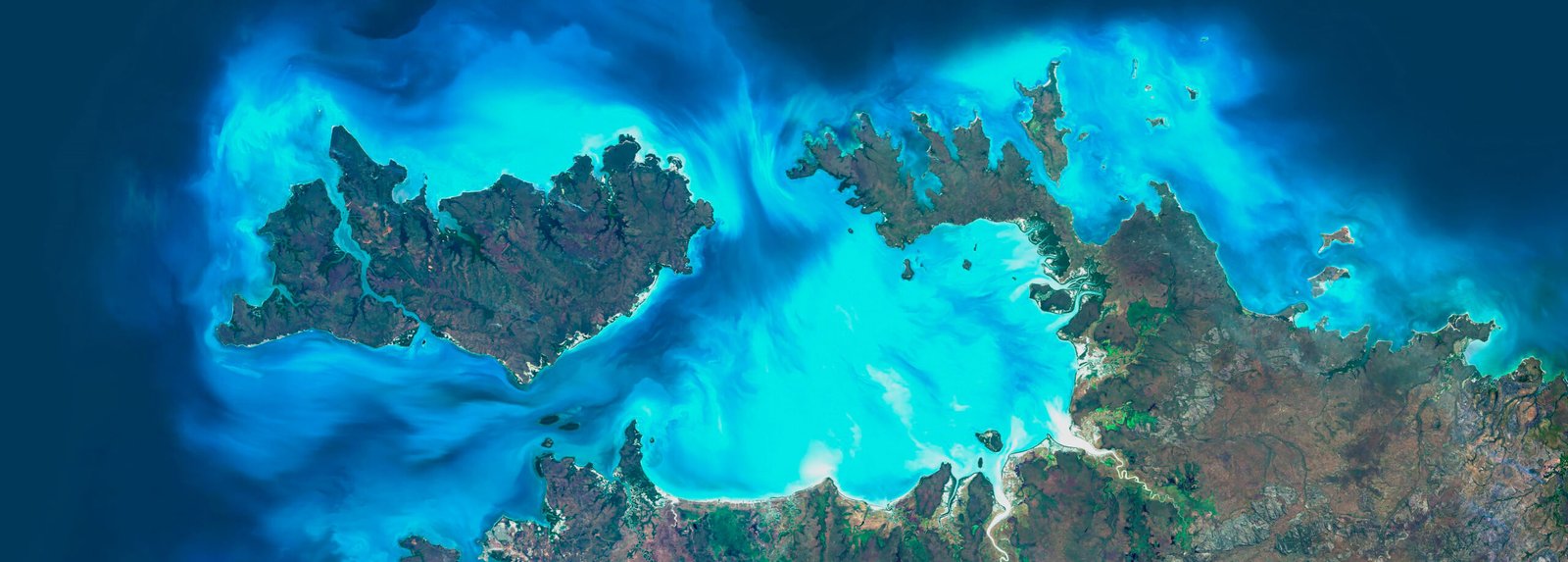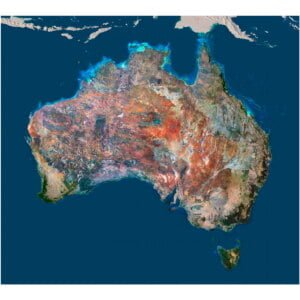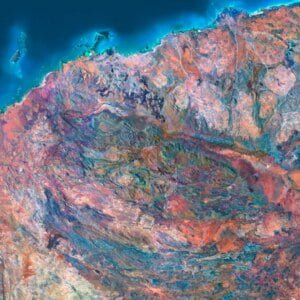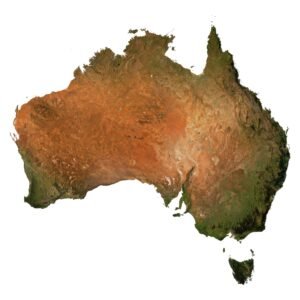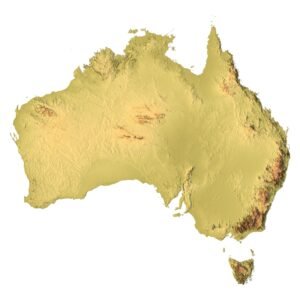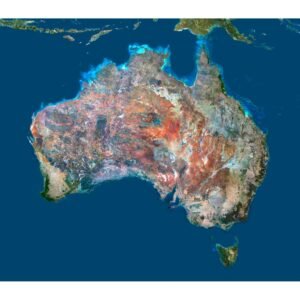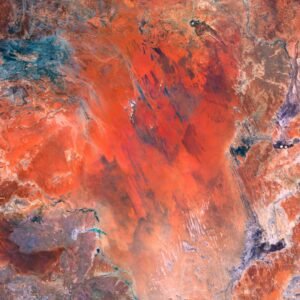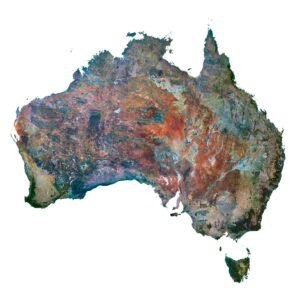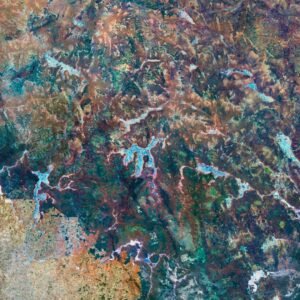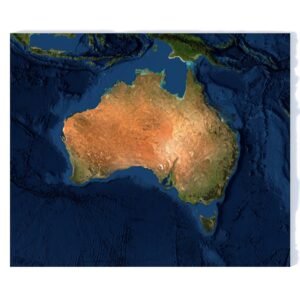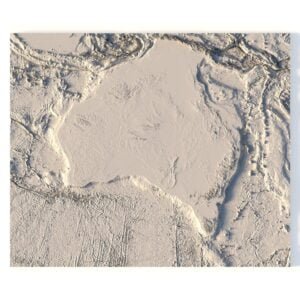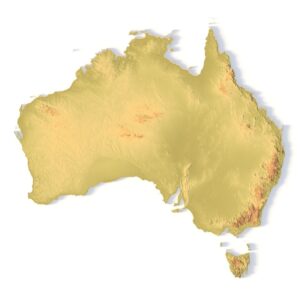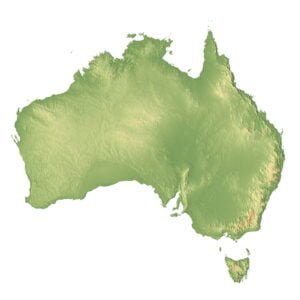Where is Australia on the Map?
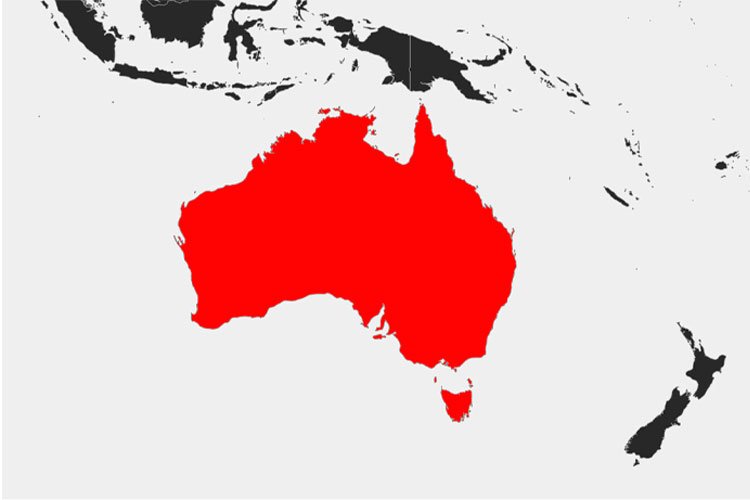
Introduction
Australia, the land of breathtaking landscapes, unique wildlife, and rich cultural heritage, is a destination that captivates the imagination. As the smallest continent and the largest country in Oceania, Australia holds a significant place on the world map. In this article, we will delve into the geographic, historical, and cultural aspects of Australia, providing a comprehensive understanding of its location and significance.
Geographic Location of Australia
Australia is located in the southern hemisphere, bordered by the Indian Ocean to the west and the Pacific Ocean to the east. Its geographical coordinates range from approximately 10° south latitude to 44° south latitude, and from 113° east longitude to 153° east longitude. This vast country is surrounded by several neighboring nations, including Papua New Guinea, East Timor, and Indonesia to the north, Vanuatu and New Caledonia to the northeast, and New Zealand to the southeast.
[mapsvg id=”10″]
Major Cities and Regions
Australia boasts a diverse landscape that includes bustling cities, expansive deserts, lush rainforests, and stunning coastal regions. The major cities, which are key to understanding Australia’s geography, include:
- Sydney: Located on the southeastern coast, Sydney is Australia’s largest and most iconic city, known for its stunning harbor, the Sydney Opera House, and the Sydney Harbour Bridge.
- Melbourne: Situated in the state of Victoria, Melbourne is renowned for its vibrant arts scene, cultural diversity, and historical landmarks.
- Brisbane: The capital of Queensland, Brisbane is known for its warm climate, beautiful riverfront, and proximity to the Great Barrier Reef.
- Perth: Located on the western coast, Perth is famous for its sunny weather, beautiful beaches, and sprawling parks.
- Adelaide: The capital of South Australia, Adelaide is known for its festivals, wine regions, and charming architecture.
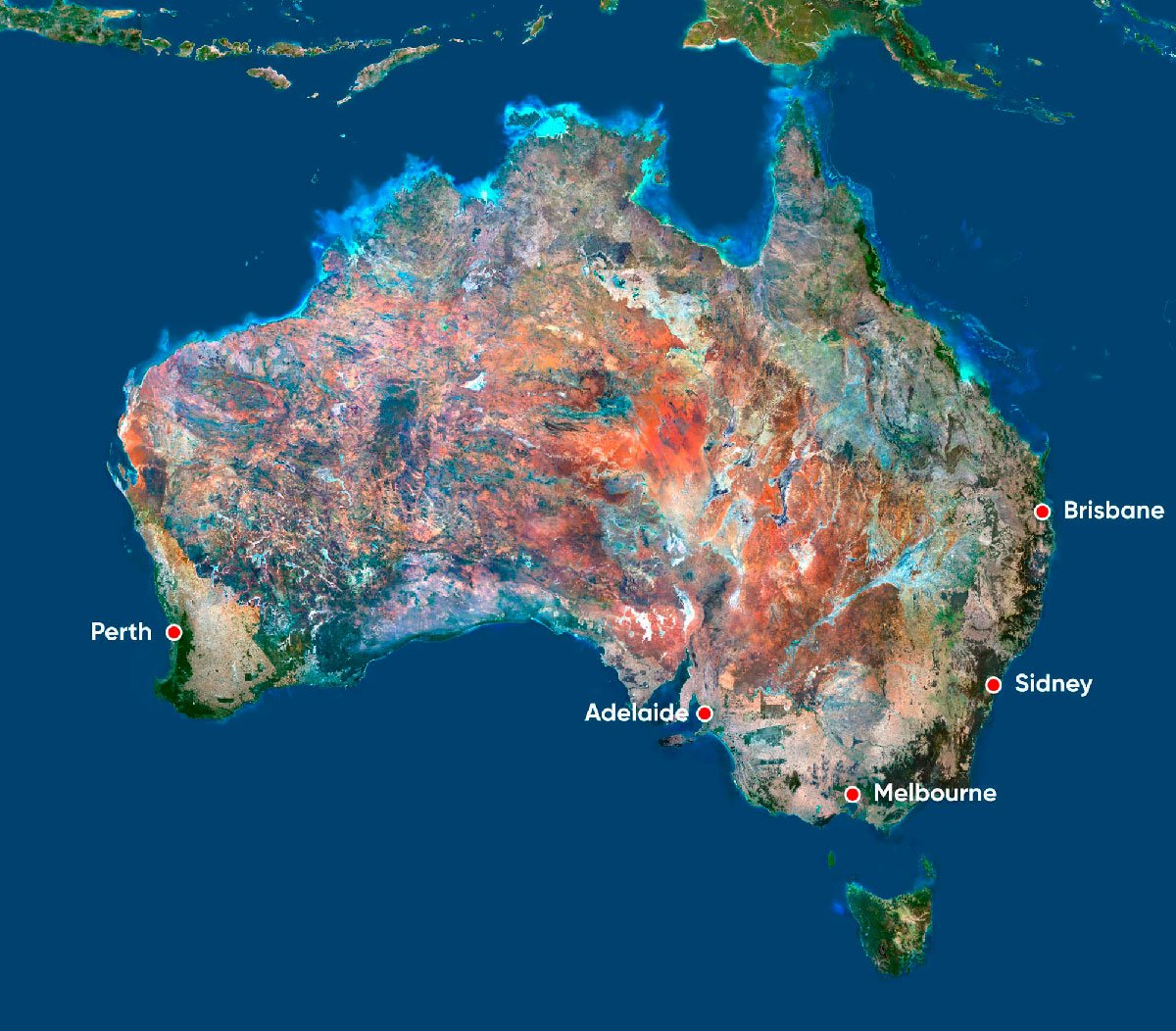
Unique Geographical Features
Australia is home to several unique geographical features that contribute to its distinct identity:
- The Great Barrier Reef: Located off the coast of Queensland, the Great Barrier Reef is the world’s largest coral reef system and a UNESCO World Heritage site.
- The Outback: This vast, arid region covers most of Australia’s interior, characterized by red deserts, unique rock formations, and sparse vegetation.
- The Great Dividing Range: This mountain range stretches along the eastern coast, influencing the climate and providing habitats for diverse flora and fauna.
- Tasmania: An island state south of the mainland, Tasmania is known for its rugged wilderness, national parks, and rich history.
Historical Context
Australia’s history dates back tens of thousands of years, with the Indigenous Aboriginal peoples being the first inhabitants. European exploration began in the early 17th century, with Dutch explorers mapping parts of the coastline. However, it was British Captain James Cook who claimed the eastern coast for Britain in 1770, naming it New South Wales.
Colonial Era
The First Fleet of British convicts arrived in Sydney in 1788, marking the beginning of European settlement. Over the next century, six separate colonies were established, each with its own government. The discovery of gold in the mid-19th century led to significant economic growth and an influx of immigrants.
Federation and Modern Australia
In 1901, the six colonies federated to form the Commonwealth of Australia, a constitutional monarchy with a federal system of government. Since then, Australia has grown into a prosperous and multicultural nation, with a strong economy, advanced infrastructure, and a high standard of living.
Cultural Significance
Australia’s cultural landscape is a rich tapestry woven from the threads of its Indigenous heritage and diverse immigrant populations. The country is known for its vibrant arts scene, world-class sporting events, and culinary delights.
Indigenous Culture
The Aboriginal and Torres Strait Islander peoples have a profound connection to the land, expressed through their art, music, dance, and storytelling. Indigenous culture is celebrated across Australia, with significant sites such as Uluru and Kakadu National Park drawing visitors from around the world.
Arts and Entertainment
Australia has a thriving arts and entertainment industry, with internationally acclaimed film, music, and theatre productions. The country hosts numerous festivals, including the Sydney Festival, Melbourne International Arts Festival, and Adelaide Fringe Festival.
Sports
Sport plays a central role in Australian culture, with cricket, rugby, Australian rules football, and soccer being immensely popular. Australia has also hosted major international sporting events, including the Olympic Games and the Commonwealth Games.
Cuisine
Australian cuisine reflects the country’s multicultural heritage, with influences from British, Mediterranean, Asian, and Middle Eastern cuisines. Seafood, barbeque, and bush tucker (native foods) are integral to the Australian dining experience.
Maps and Visual Representations
To better understand Australia’s location and geography, we have provided high-resolution maps and 3D models. These resources offer a detailed view of the country’s topography and significant landmarks.
Conclusion
Australia, with its diverse landscapes, rich history, and vibrant culture, is a country that stands out on the world map. Understanding its geographical location, historical context, and cultural significance provides a deeper appreciation for this remarkable nation. Whether exploring its iconic cities, natural wonders, or cultural heritage, Australia offers a wealth of experiences for all who visit.
 Solar System
Solar System World
World Continents
Continents Peninsulas
Peninsulas Islands
Islands Countries
Countries States of America
States of America Canadian Provinces
Canadian Provinces Parks & Canyons
Parks & Canyons Fantasy
Fantasy Other
Other Planets
Planets Satellites
Satellites

